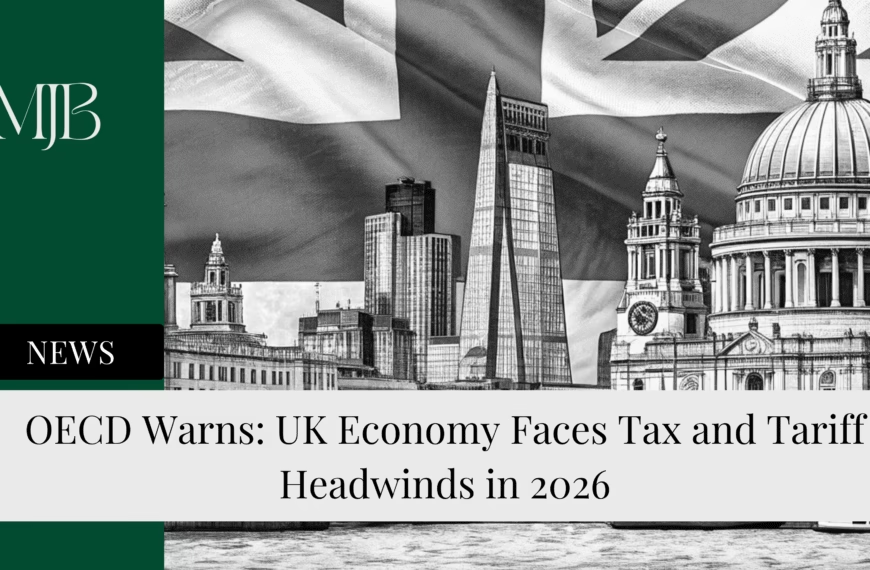Forget the “crypto is dead” headlines. Digital assets aren’t disappearing; they’re just getting a makeover. The wild west days are fading fast, replaced by institutional money, regulatory guardrails, and tokenised infrastructure that looks more Wall Street than Reddit forum.
If you’re still treating cryptocurrency as a retail sideshow, you’re missing the bigger picture. This isn’t just another market cycle — it’s a complete structural shift that’ll reshape digital finance over the next five years.
The Institutional Takeover Is Already Here
The shift from speculation to integration is no longer theoretical. BlackRock’s iShares Bitcoin Trust pulled in over $20bn within months of launch. Fidelity has expanded its crypto offerings for mainstream clients. These aren’t fringe players — they’re financial titans.
But it’s not just the US making moves. China’s digital yuan (e-CNY) is already live in pilot form. The Bank of England has been quietly consulting on a digital pound. Meanwhile, EU and US regulators are finalising frameworks that classify digital assets, impose one-to-one reserve rules for stablecoins, and mandate bank-grade custody standards.
Translation? Crypto is being absorbed into the regulated financial system. What started as rebellious tech is becoming boring back-office plumbing.

Power, Not Progress
Call it what you want — maturation, legitimisation, progress. But really? It’s a power grab.
Institutional capital now decides which protocols survive. The focus has shifted towards tokenised securities, permissioned networks, and settlement systems that mirror traditional capital markets. The original disruptive energy that made crypto distinctive is being systematically stripped away.
The result will be safer, sure. Also slower, duller, and far more aligned with corporate and state interests. No surprises there.
Politics Has Crashed the Party
Crypto isn’t just financial anymore — it’s political. “Trumponomics” now includes an explicit digital asset agenda. The Trump family backs ventures like World Liberty Financial, which launched the USD1 stablecoin and WLFI governance token. That listing delivered a reported $5bn paper windfall to the family, with foreign investors like the UAE’s Aqua 1 Foundation committing $100m.
Projects like “American Bitcoin,” co-founded by Eric and Donald Trump Jr, have merged with public mining firms, further embedding the family in the sector. Even Melania launched her own coin (which promptly tanked Donald’s).
Are these grifts? Many think so. But they’re driving awareness, curiosity, and — let’s be honest — still playing into greater fool dynamics.

What Leaders Need to Watch
Regulatory clarity matters, but it’s not the only thing. ETF adoption, enterprise integration, and blockchain scaling will define who wins. Stablecoin geopolitics will shape global currency competition. Tokenised securities could reshape markets while creating new pressure points.
Then there’s the reputational risk. Consumer and enterprise trust profiles are fragile. Litigation, tech failures, and shadow market impacts could derail growth faster than any regulation.
Bill Zielke, chief revenue officer at BitPay, puts it bluntly: “Regulatory fragmentation, custody risks, and scaling challenges remain obstacles. Lightning-enabled processing, business wallets, and multi-signature controls will be essential if Bitcoin is to support not just treasury transfers but routine enterprise commerce. Stablecoins will power daily transactions, but Bitcoin will anchor balance sheets. Five years from now, it’s policy — not a bet.”
The Road Ahead: 1, 3, and 5 Years Out
Within 12 months: Stablecoin legislation and regulatory sandboxes will define what’s permissible. Institutions should position for structured products, tokenised bonds, and blockchain-integrated payments.
Within three years: Insurers and asset managers will offer regulated blockchain exposures. Corporates will tokenise supply chain assets and IP.
Five years out: Expect a split system — compliant versus non-compliant, onshore versus offshore. Whoever controls the infrastructure wins.

The Bottom Line
Crypto isn’t dying. It’s being reordered — or perhaps just ordered for the first time. Speculation and disruption made it visible. Regulation and institutionalisation will make it durable (and boring).
For London and the City, the question isn’t whether to engage. It’s whether to shape this realignment or be shaped by it. Clinging to crypto’s mythological early years won’t work. A slower, more compliant, less free system is coming.
The only safe bet? The rich will get richer with what’s currently being planned.
Ready to navigate crypto’s institutional future? Understanding these shifts isn’t optional — it’s essential for staying competitive in tomorrow’s financial landscape.
FAQ
Q1: Is crypto really becoming mainstream?
A: Yes. Institutional adoption through Bitcoin ETFs, corporate treasury allocations, and regulatory frameworks signal a fundamental shift from speculation to infrastructure. Crypto is being absorbed into traditional finance.
Q2: What role will stablecoins play in the future?
A: Stablecoins will power everyday transactions and cross-border payments, whilst Bitcoin anchors balance sheets. Expect tighter regulation, one-to-one reserve requirements, and geopolitical competition around digital currencies.
Q3: How is regulation changing the crypto landscape?
A: Regulators in the EU, US, and UK are finalising frameworks that classify assets, mandate custody standards, and impose compliance rules. This brings legitimacy but also strips away crypto’s disruptive edge.
Q4: Why are political figures getting involved in crypto?
A: Crypto has become politically strategic. High-profile ventures like Trump family-backed projects blend financial opportunity with political branding, raising both awareness and ethical questions about conflicts of interest.
Q5: Will decentralised crypto still exist in five years?
A: Likely, but in parallel to a compliant system. Expect a split: regulated, institutional crypto onshore and decentralised, offshore alternatives. Control over infrastructure will determine who dominates each space.
DISCLAIMER
Effective Date: 15th July 2025
The information provided on this website is for informational and educational purposes only and reflects the personal opinions of the author(s). It is not intended as financial, investment, tax, or legal advice.
We are not certified financial advisers. None of the content on this website constitutes a recommendation to buy, sell, or hold any financial product, asset, or service. You should not rely on any information provided here to make financial decisions.
We strongly recommend that you:
- Conduct your own research and due diligence
- Consult with a qualified financial adviser or professional before making any investment or financial decisions
While we strive to ensure that all information is accurate and up to date, we make no guarantees about the completeness, reliability, or suitability of any content on this site.
By using this website, you acknowledge and agree that we are not responsible for any financial loss, damage, or decisions made based on the content presented.






